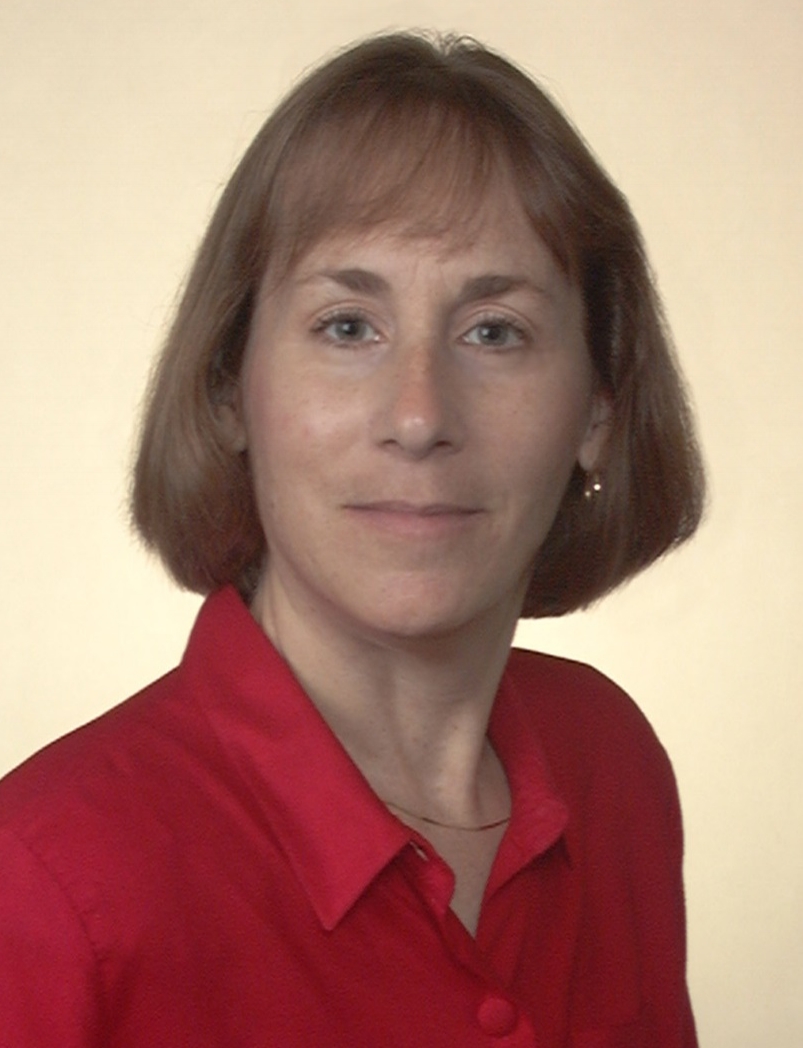By Elizabeth Crofts
Progress Investigating Potential Causes and Treatments of Ménière’s Disease
Gail Ishiyama, M.D., a clinician-scientist who is a neurology associate professor at UCLA’s David Geffen School of Medicine, has been investigating balance disorders for nearly two decades and recently coauthored two studies on the topic. While not directly funded by HHF, Ishiyama is a 2016 Emerging Research Grants recipient and also received a Ménière’s Disease Grant in 2017.
Ishiyama and colleague’s December 2018 paper in the journal Brain Research investigated oxidative stress, which plays a large role in several inner ear diseases as well as in aging. Oxidative stress is an imbalance between the production of free radicals and antioxidant defenses. The gene responsible for reducing oxidative stress throughout the body is called nuclear factor (erythroid-derived 2)-like 2, or NRF2. Ishiyama’s study looked at the localization of NRF2 in the proteins in the cells of the human cochlea and vestibule. It was found that NRF2-immunoreactivity (IR) was localized in the organ of Corti of the cochlea. Additionally, it was observed that NRF2-IR decreases significantly in the cochlea of older individuals. The team postulates for future studies that modulation of NRF2 expression may protect from hearing loss that results from exposure to noise and ototoxic drugs.
In a January 2018 report in the journal Otology & Neurotology, Ishiyama and team researched endolymphatic hydrops (EH), a ballooning of the endolymphatic fluid system in the inner ear that is associated with Ménière’s disease. Symptoms include fluctuating hearing loss, as well as vertigo, tinnitus, and pressure in the ear.
For the study, patients with EH and vestibular schwannoma were tested to evaluate the clinical outcome of patients when EH is treated medically. Vestibular schwannoma, also known as acoustic neuroma, are benign tumors that grow in the vestibular system of the inner ear, which controls balance. Often when patients develop episodic vertigo spells and have a known diagnosis of vestibular schwannoma, surgeons recommend surgical intervention, as they attribute the symptoms to the vestibular schwannoma. However, a noninvasive treatment may hold promise. Through the use of high-resolution MRI scans, the researchers found that when EH coexists with vestibular schwannoma in a patient, and the patient also experiences vertigo spells, a medical treatment for EH—that is, the use of diuretics to relieve inner ear fluid buildup—may alleviate the vestibular symptoms.
A 2016 ERG scientist funded by The Estate of Howard F. Schum, Gail Ishiyama, M.D., is an associate professor of neurology at UCLA’s David Geffen School of Medicine. She also received a 2017 Ménière’s Disease Grant.
New Insights Into Aging Effects on Speech Recognition
Age-related changes in perceptual organization have received less attention than other potential sources of decline in hearing ability. Perceptual organization is the process by which the auditory system interprets acoustic input from multiple sources, and creates an auditory scene. In daily life this is essential, because speech communication occurs in environments in which background sounds fluctuate and can mask the intended message.
Perceptual organization includes three interrelated auditory processes: glimpsing, speech segregation, and phonemic restoration. Glimpsing is the process of identifying recognizable fragments of speech and connecting them across gaps to create a coherent stream. Speech segregation refers to the process where the glimpses (speech fragments) are separated from background speech, to focus on a single target when the background includes multiple talkers. Phonemic restoration refers to the process of filling in missing information using prior knowledge of language, conversational context, and acoustic cues.
A July 2018 study in The Journal of the Acoustical Society of America by William J. Bologna, Au.D., Ph.D., Kenneth I. Vaden, Jr., Ph.D., Jayne B. Ahlstrom, M.S., and Judy R. Dubno, Ph.D., investigated these three components of perceptual organization to determine the extent to which their declines may be the source of increased difficulty in speech recognition with age. Younger and older adults with typical hearing listened to sentences interrupted with either silence or envelope-modulated noise, presented in quiet or with a competing talker.
As expected, older adults performed more poorly than younger adults across all speech conditions. The interaction between age and the duration of glimpses indicated that, compared with younger adults, older adults were less able to make efficient use of limited speech information to recognize keywords. There was an apparent decline in glimpsing, where interruptions in speech had a larger effect on the older adult group.
Older adults saw a greater improvement in speech recognition when envelope modulations were partially restored, leading to better continuity. This demonstrated that with age comes a poorer ability to resolve temporal distortions in the envelope. In speech segregation, the decline in performance with a competing talker was expected to be greater for older adults than younger adults, but this was not supported by the data.
A 2015 Emerging Research Grants scientist, Kenneth I. Vaden, Jr., Ph.D., is a research assistant professor in the department of otolaryngology–head and neck surgery at the Medical University of South Carolina.
A 1986–88 ERG scientist, Judy R. Dubno, Ph.D., is a member of HHF’s Board of Directors. The study’s lead author, William Bologna, Au.D., Ph.D., is a postdoctoral research fellow at the National Center for Rehabilitative Auditory Research in Portland, Oregon.
A 2018 HHF intern, Author Elizabeth Crofts is a junior at Boston University studying biomedical engineering. For our continually updated list of published papers by ERG alumni, see hhf.org/erg-alumni.
We need your help supporting innovative hearing and balance science through our Emerging Research Grants program. Please make a contribution today.





